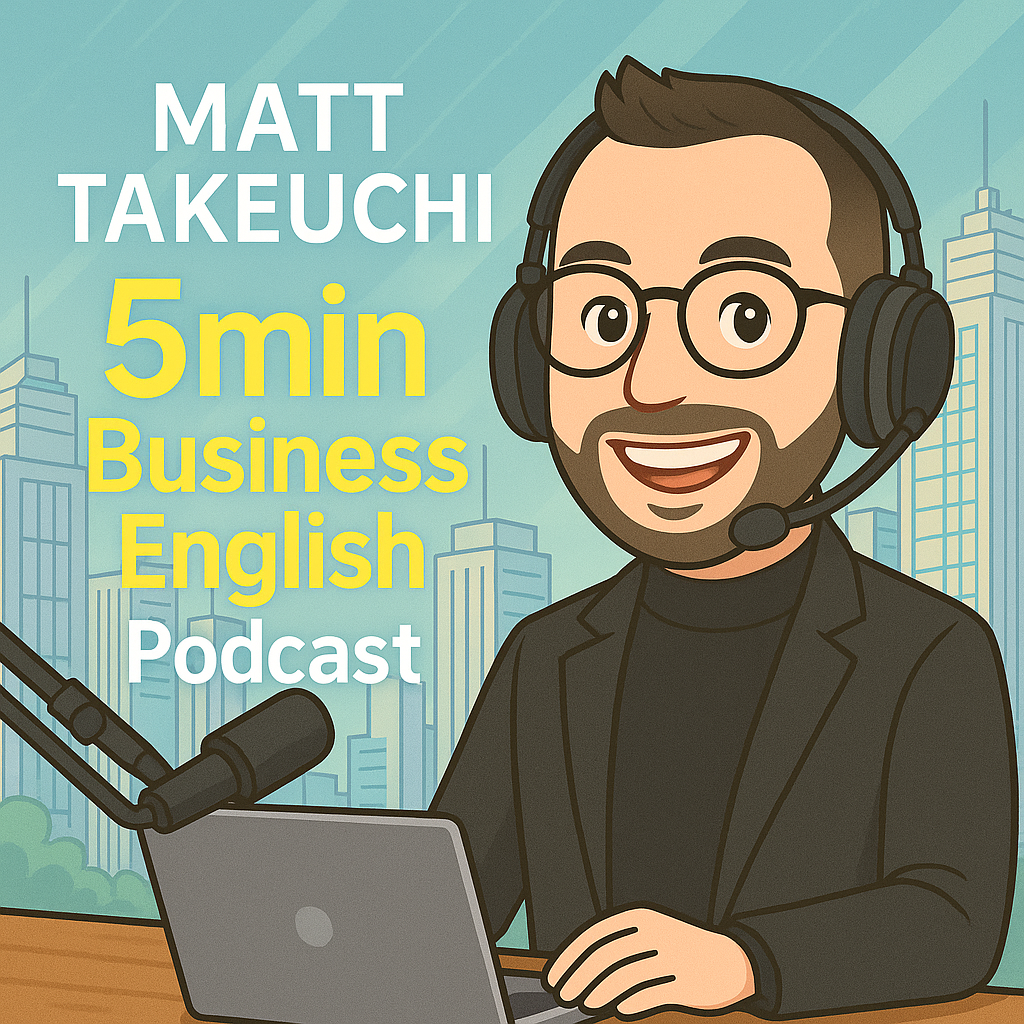大気汚染解消へ向けて原発かぁ?!
2013年2月5日
Cost of Clean Air Fogs Outlook for Sinopec
February 4, 2013, 5:20 a.m. ET
By TOM ORLIK
 A group of expatriates distribute face masks to pedestrians along the Bund to raise awareness of air pollution in downtown Shanghai.
A change in the weather has helped clear the polluted air over Beijing. The question now is how to prevent a recurrence, and who pays.
Coal, which accounts for 80% of China's energy use, is a big factor and power plants are a significant contributor to China's air quality.
But another important part of the problem is low grade fuel burned by China's swelling fleet of cars and trucks. State-owned oil refiner Sinopec600028.SH -0.42% has already put up its hand to accept some responsibility for improving matters.
Chairman Fu Chengyu said on national television that Sinopec would invest around 30 billion yuan ($4.8 billion) a year to improve its refiners, up from an average of 20 billion yuan annually for the last decade.
It isn't clear whether that will be enough to significantly improve air quality that is worse than an airport smoking lounge. But the additional investment is a big bump nevertheless—the extra 10 billion yuan compares with free cash flow of 5.8 billion yuan for 2011.
Sinopec may not bear all the burden for the cleanup. The government could help out, either by providing a subsidy, or raising the price end users pay for gasoline and diesel.
But Sinopec could be hurt also by restrictions on car use, already in place in Beijing and other crowded cities, that might mean demand for fuel grows more slowly.
When the Beijing smog was at its worst, buildings 20 meters away were difficult to discern. The cost of cleaning up the air means visibility on Sinopec's earnings is reduced.
A group of expatriates distribute face masks to pedestrians along the Bund to raise awareness of air pollution in downtown Shanghai.
A change in the weather has helped clear the polluted air over Beijing. The question now is how to prevent a recurrence, and who pays.
Coal, which accounts for 80% of China's energy use, is a big factor and power plants are a significant contributor to China's air quality.
But another important part of the problem is low grade fuel burned by China's swelling fleet of cars and trucks. State-owned oil refiner Sinopec600028.SH -0.42% has already put up its hand to accept some responsibility for improving matters.
Chairman Fu Chengyu said on national television that Sinopec would invest around 30 billion yuan ($4.8 billion) a year to improve its refiners, up from an average of 20 billion yuan annually for the last decade.
It isn't clear whether that will be enough to significantly improve air quality that is worse than an airport smoking lounge. But the additional investment is a big bump nevertheless—the extra 10 billion yuan compares with free cash flow of 5.8 billion yuan for 2011.
Sinopec may not bear all the burden for the cleanup. The government could help out, either by providing a subsidy, or raising the price end users pay for gasoline and diesel.
But Sinopec could be hurt also by restrictions on car use, already in place in Beijing and other crowded cities, that might mean demand for fuel grows more slowly.
When the Beijing smog was at its worst, buildings 20 meters away were difficult to discern. The cost of cleaning up the air means visibility on Sinopec's earnings is reduced.

